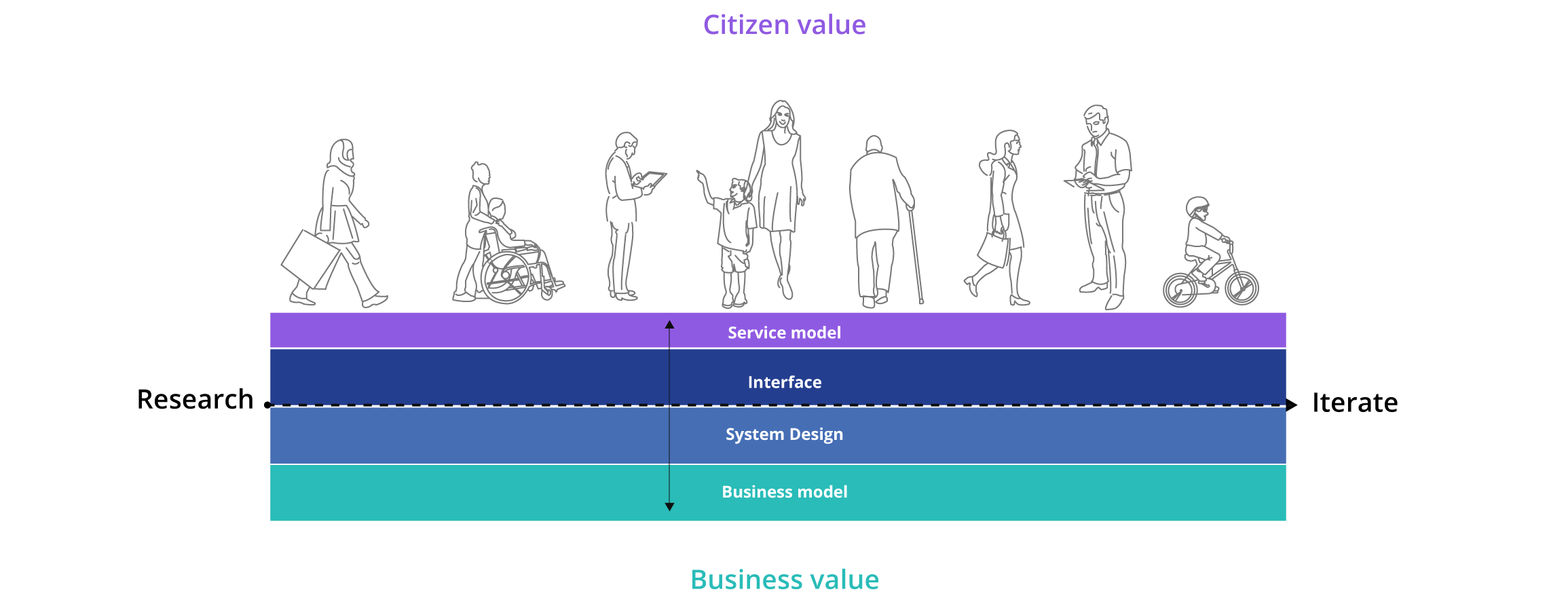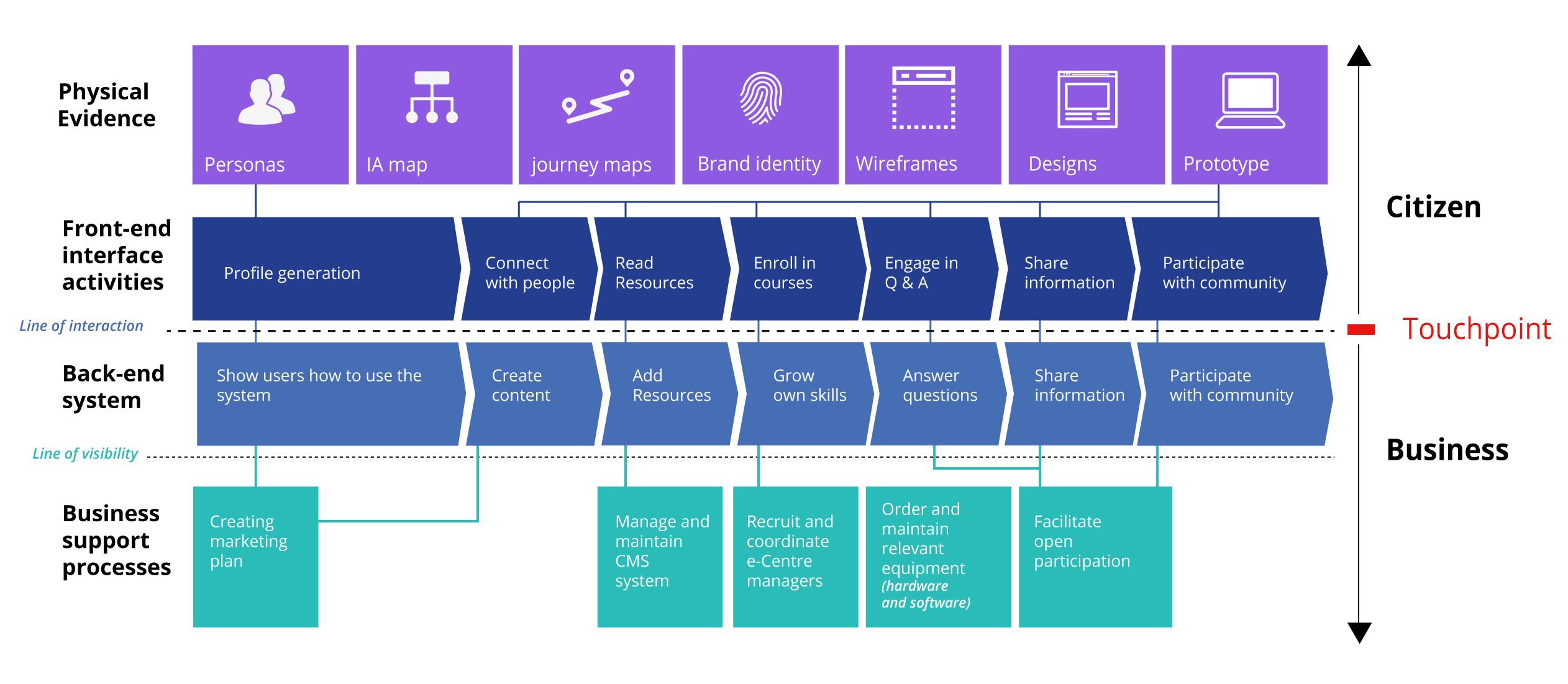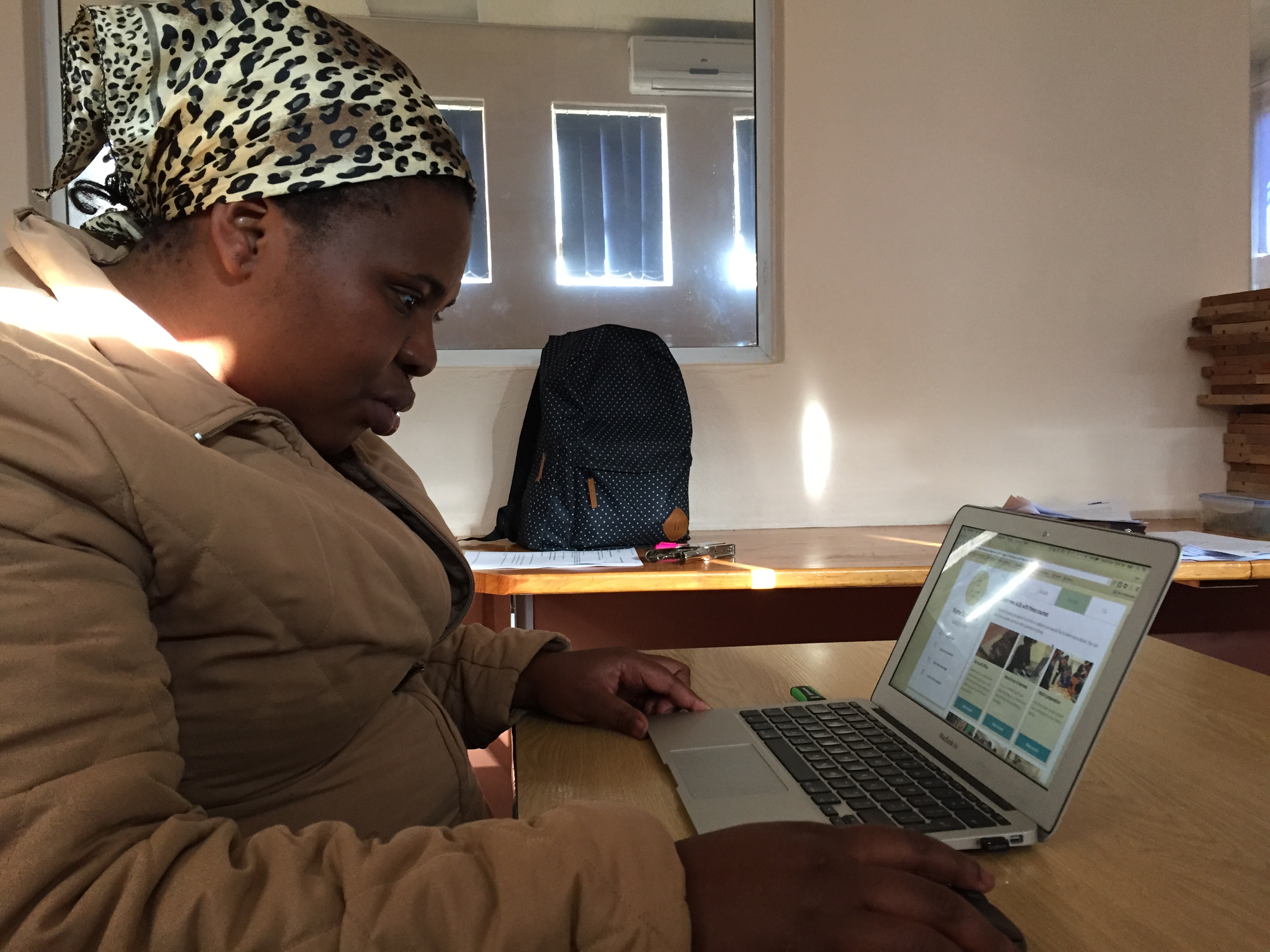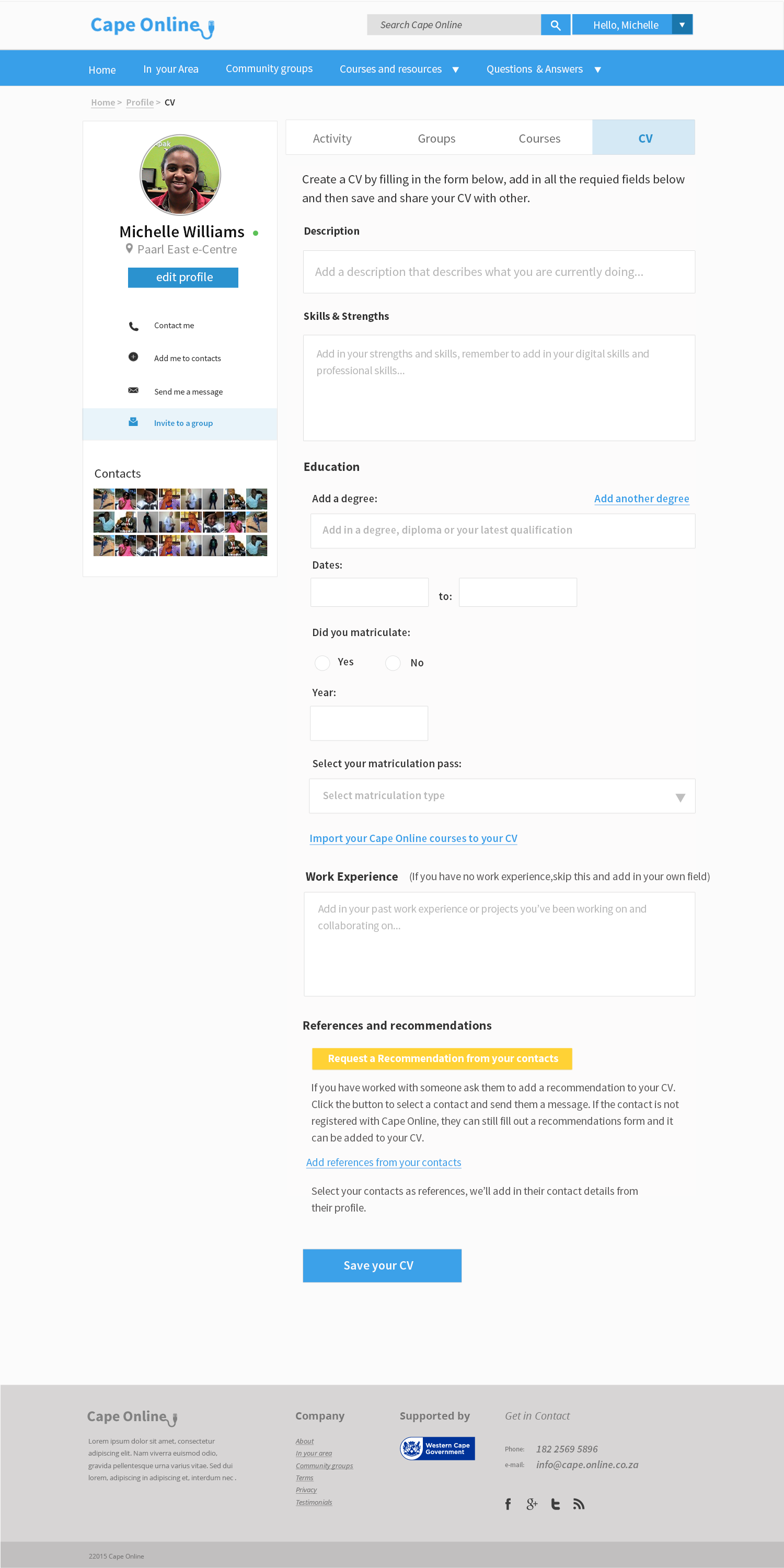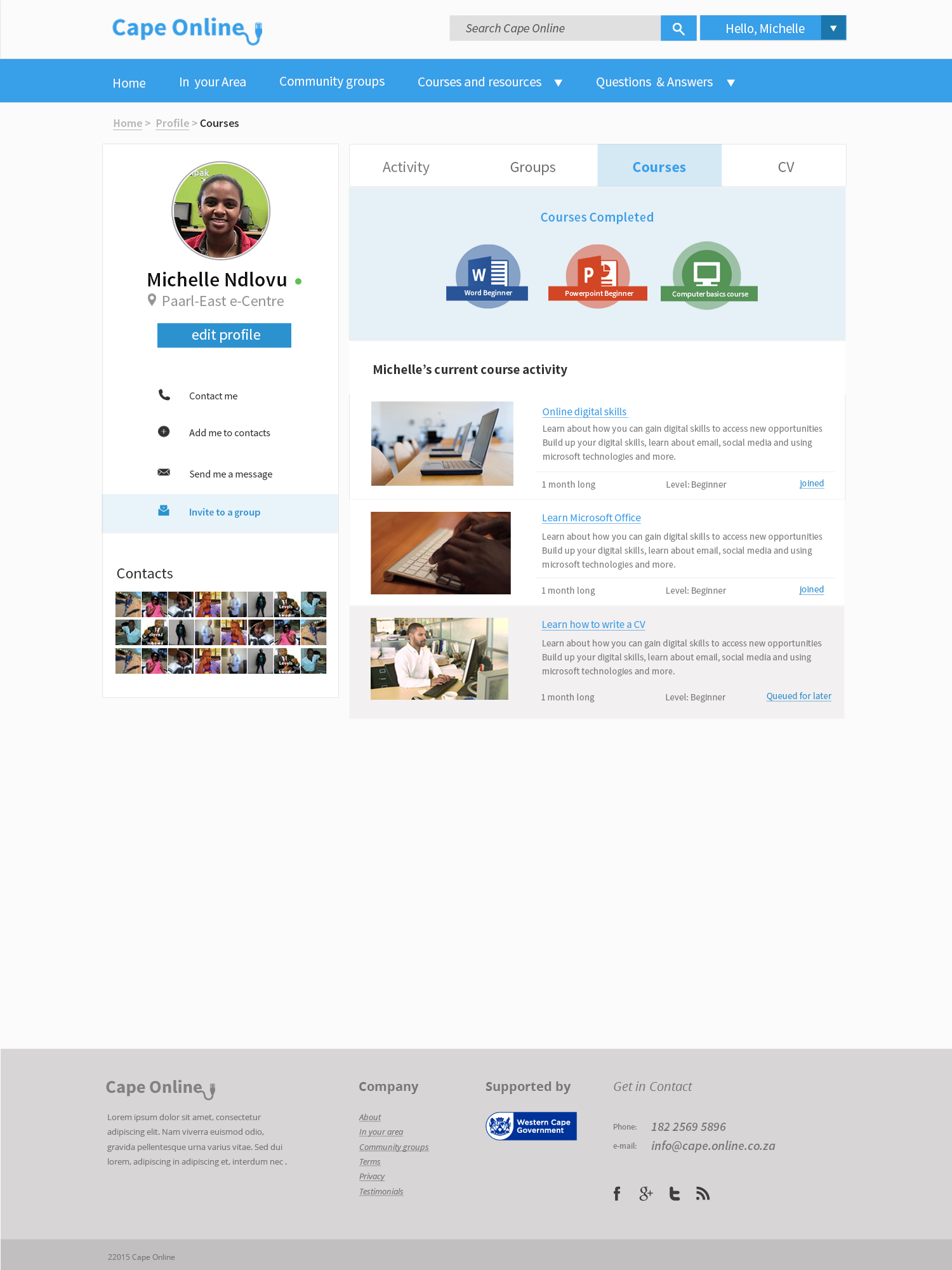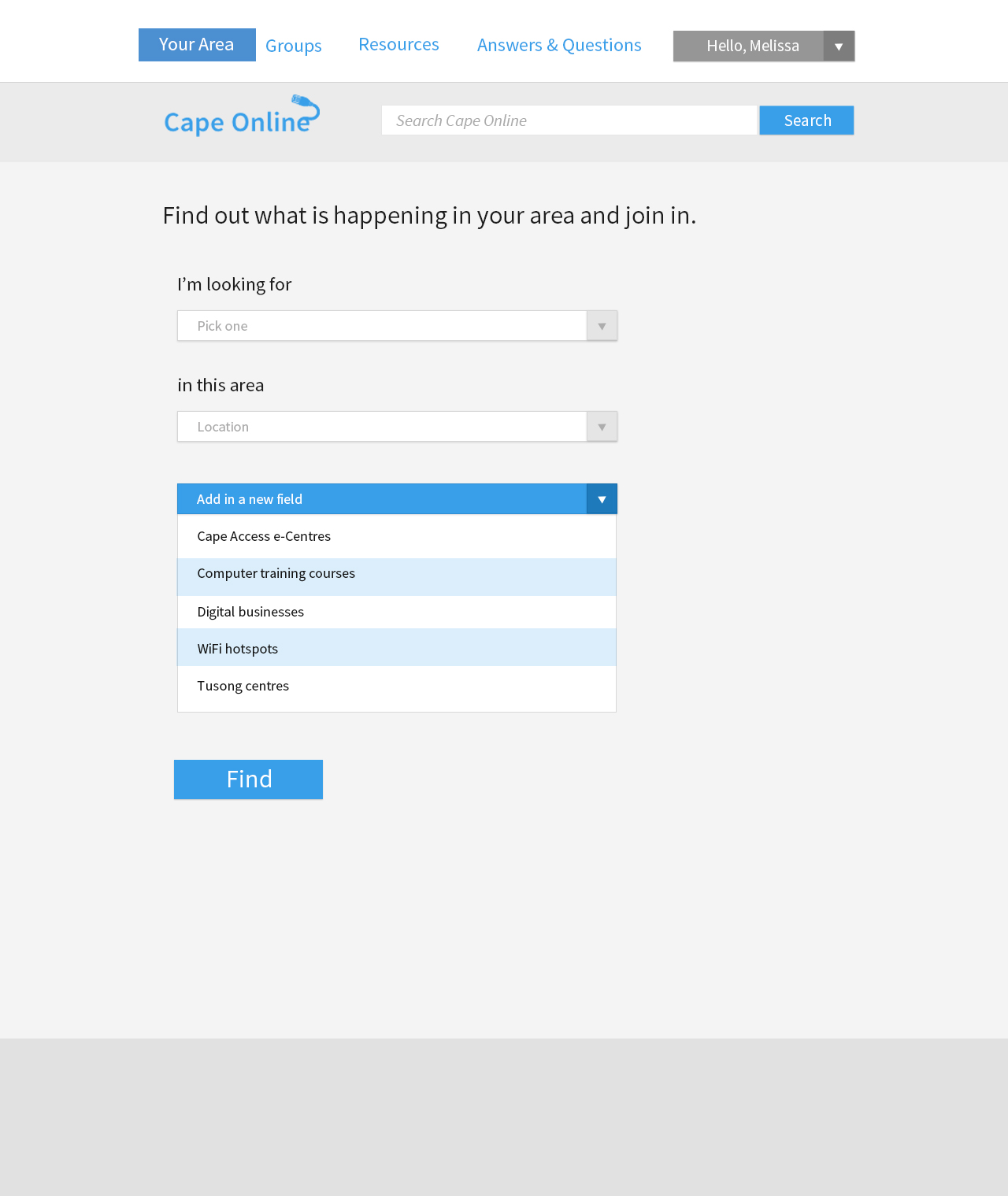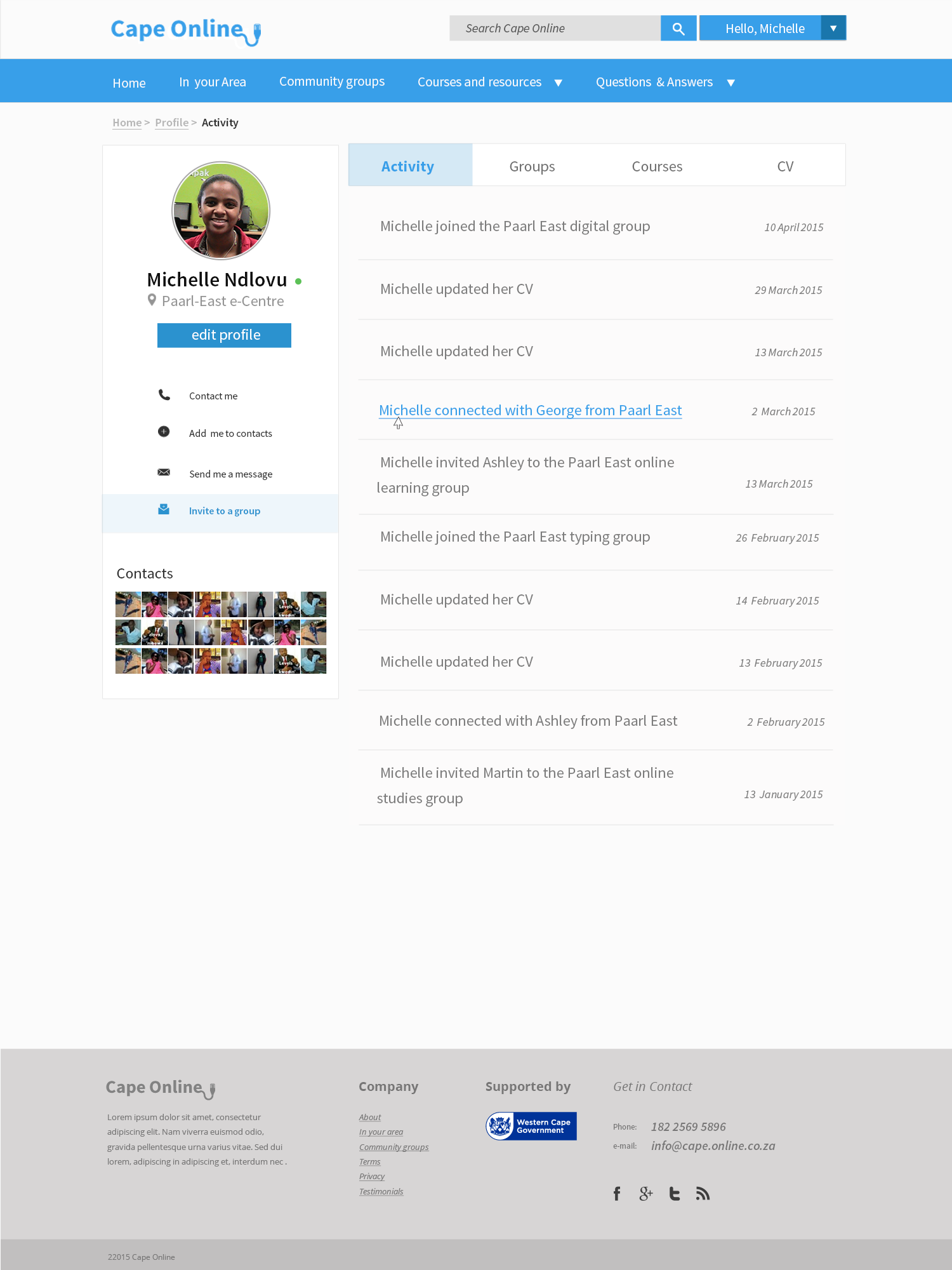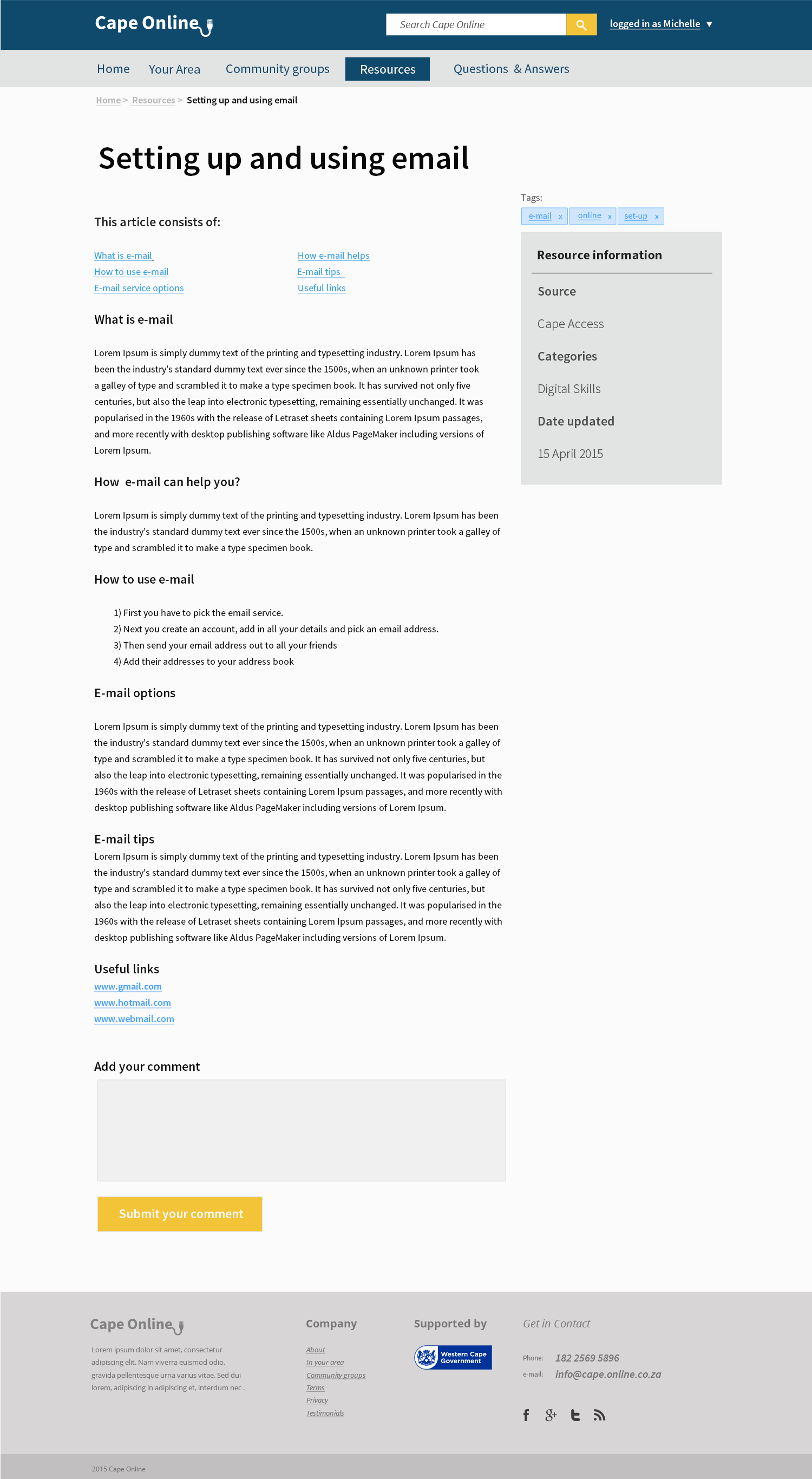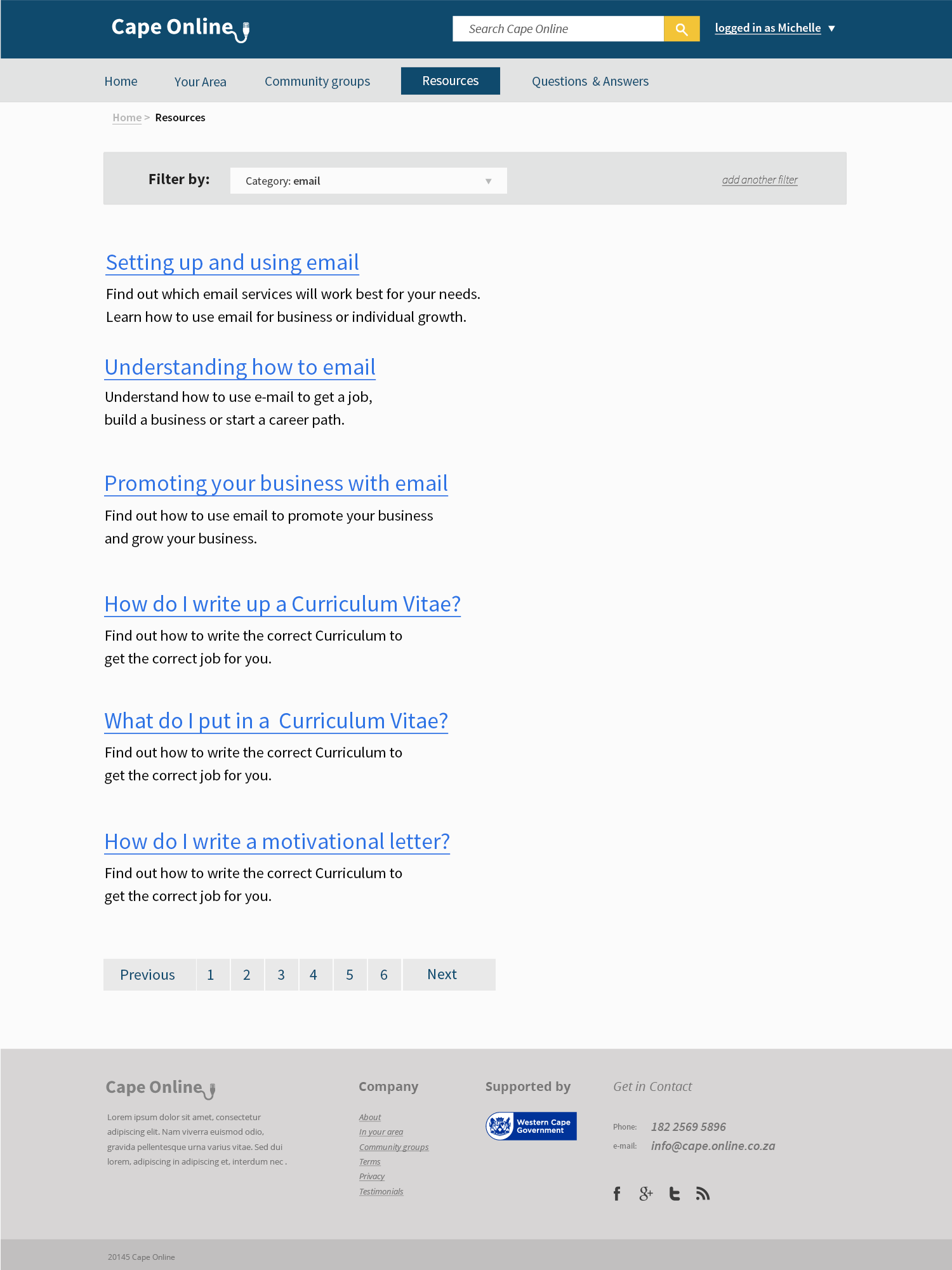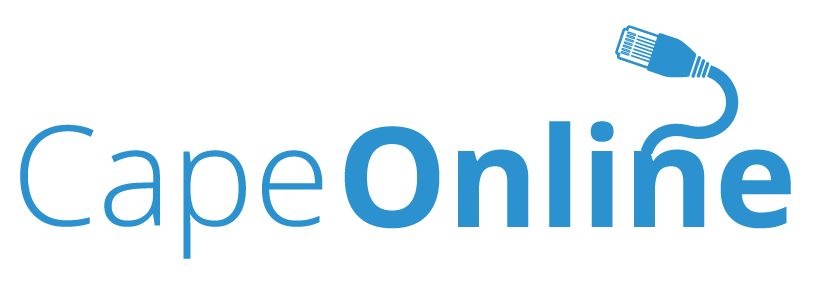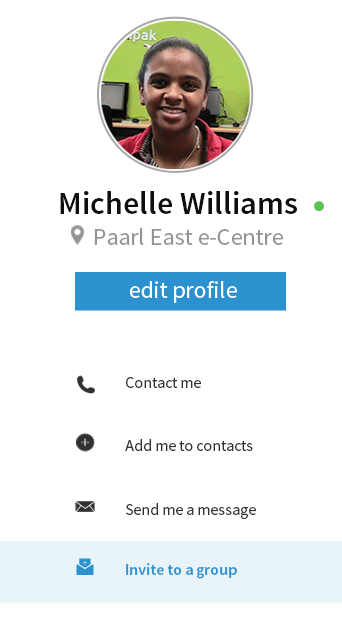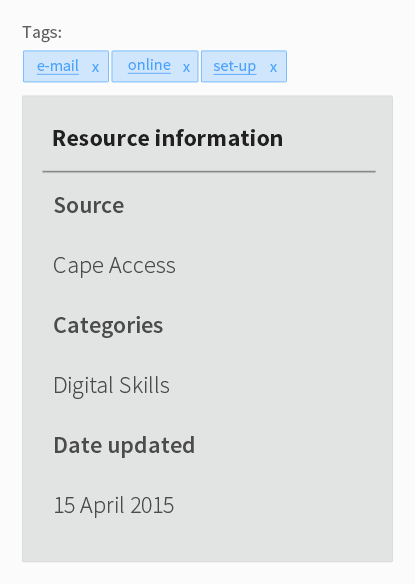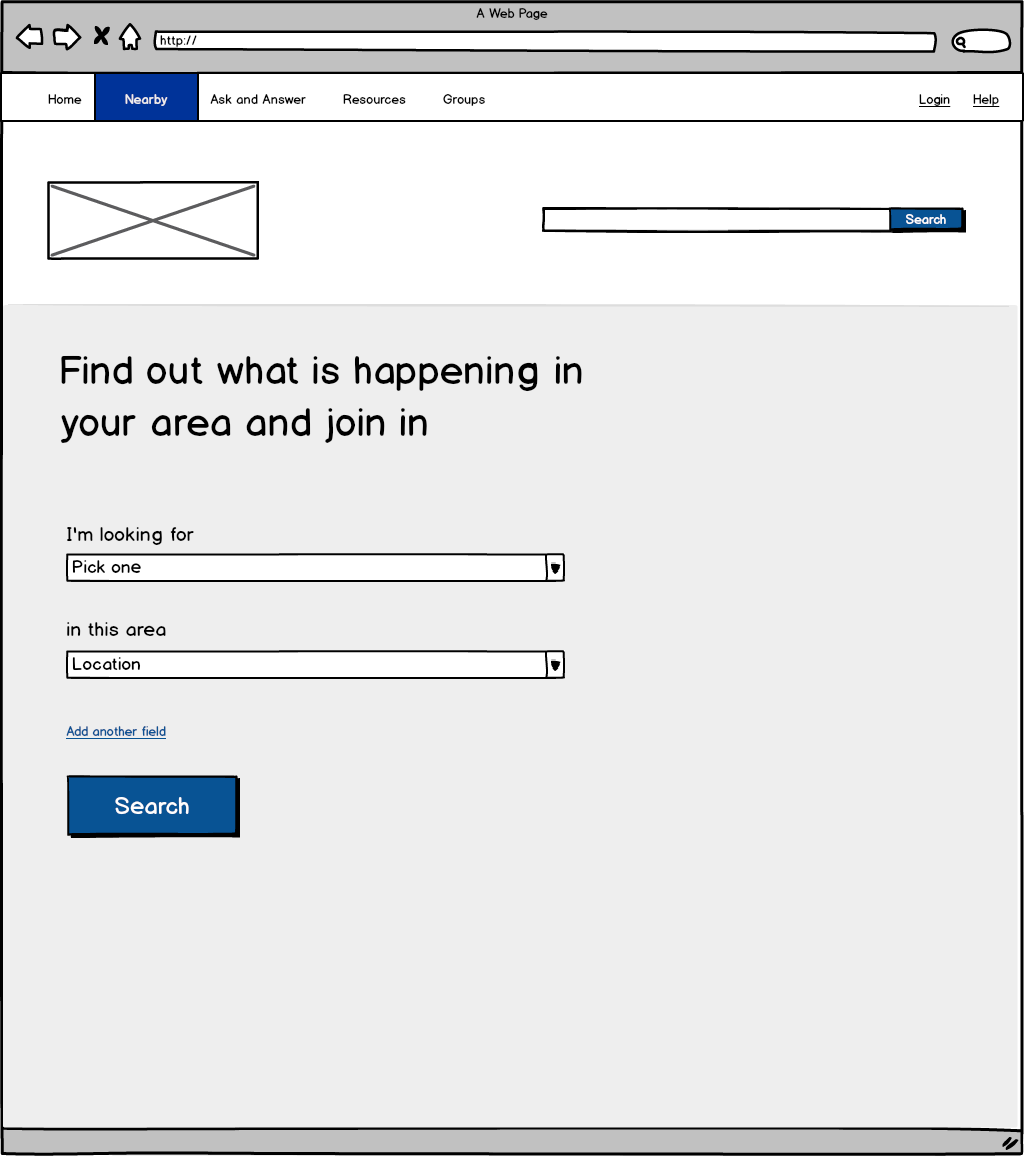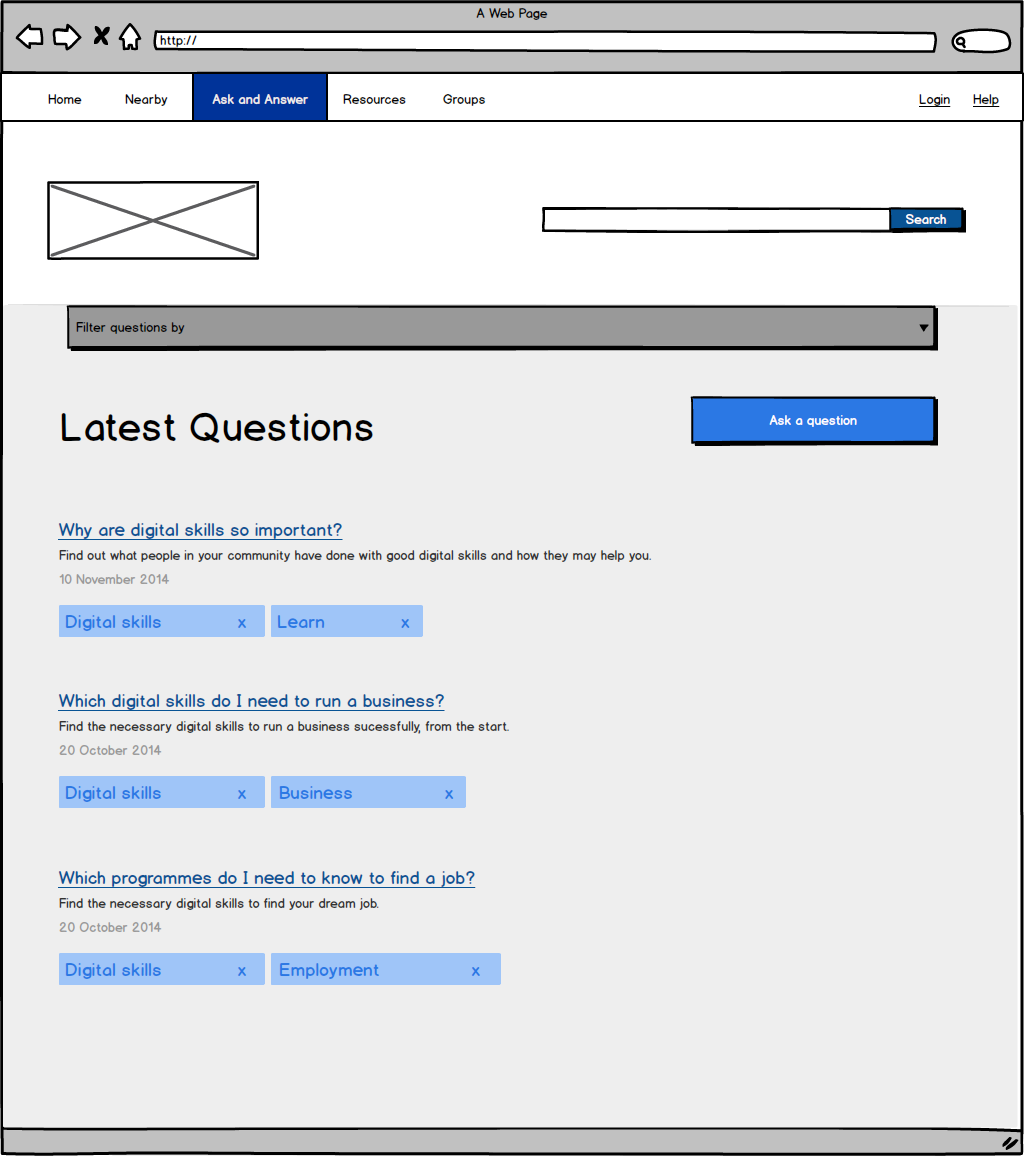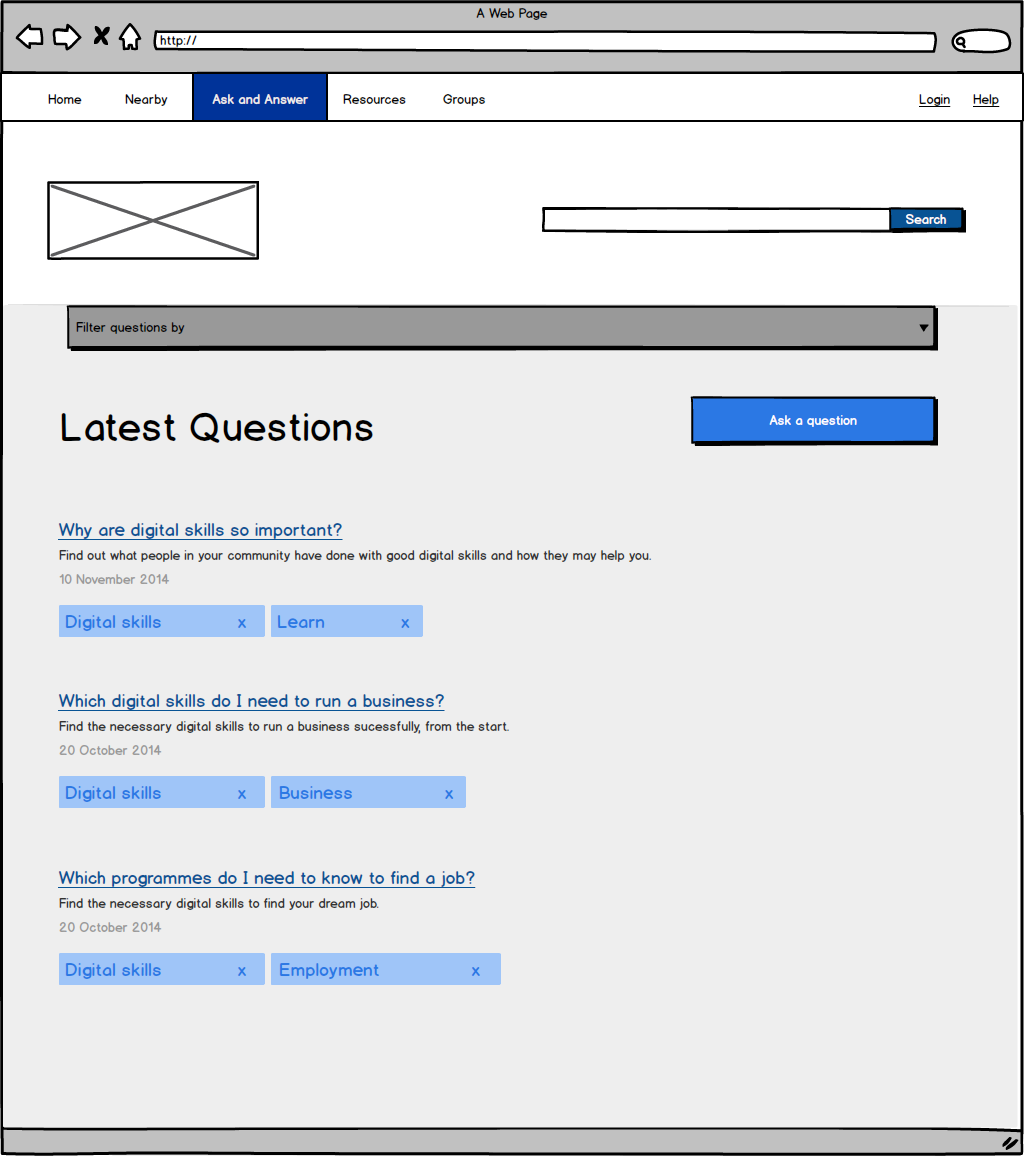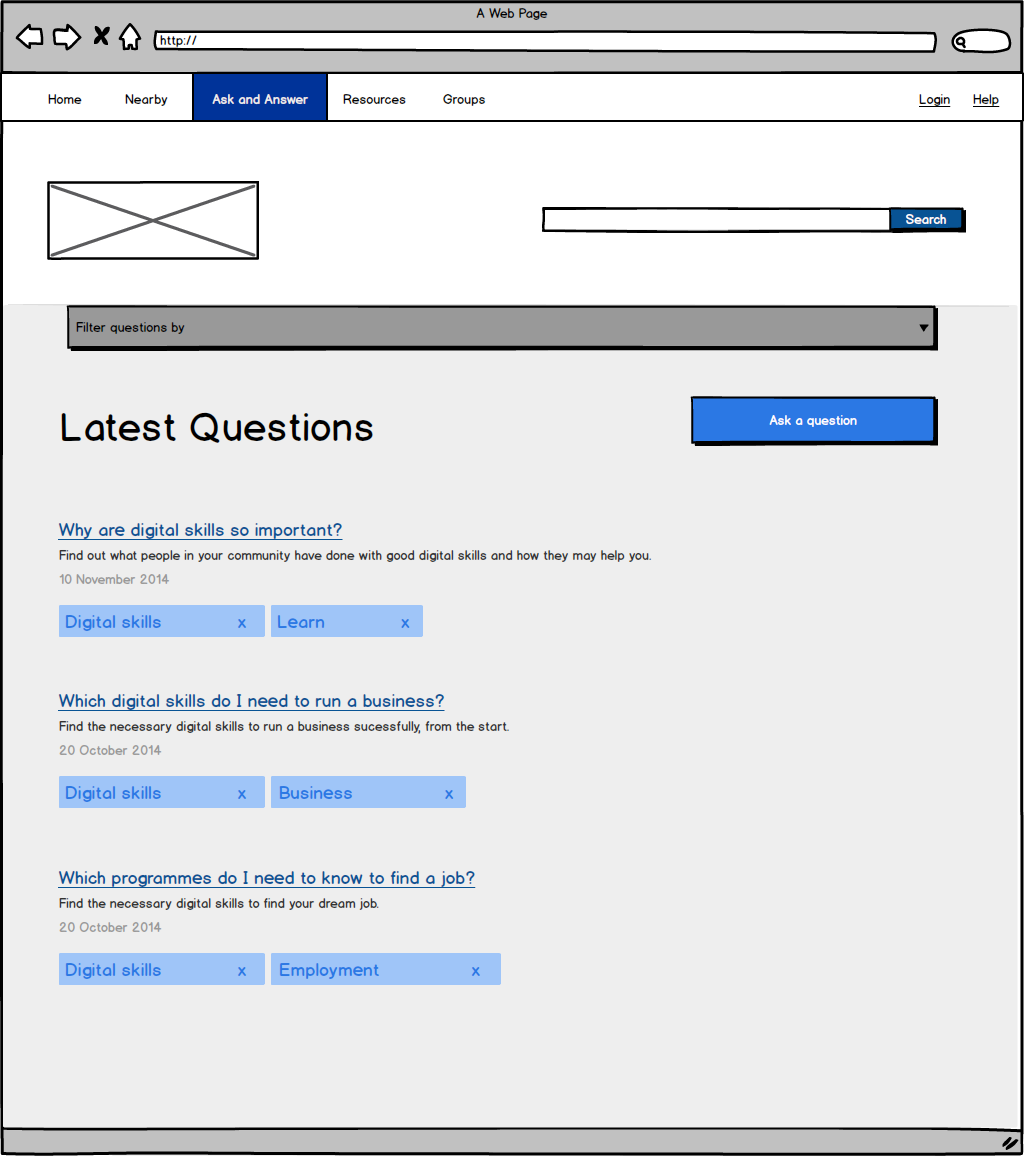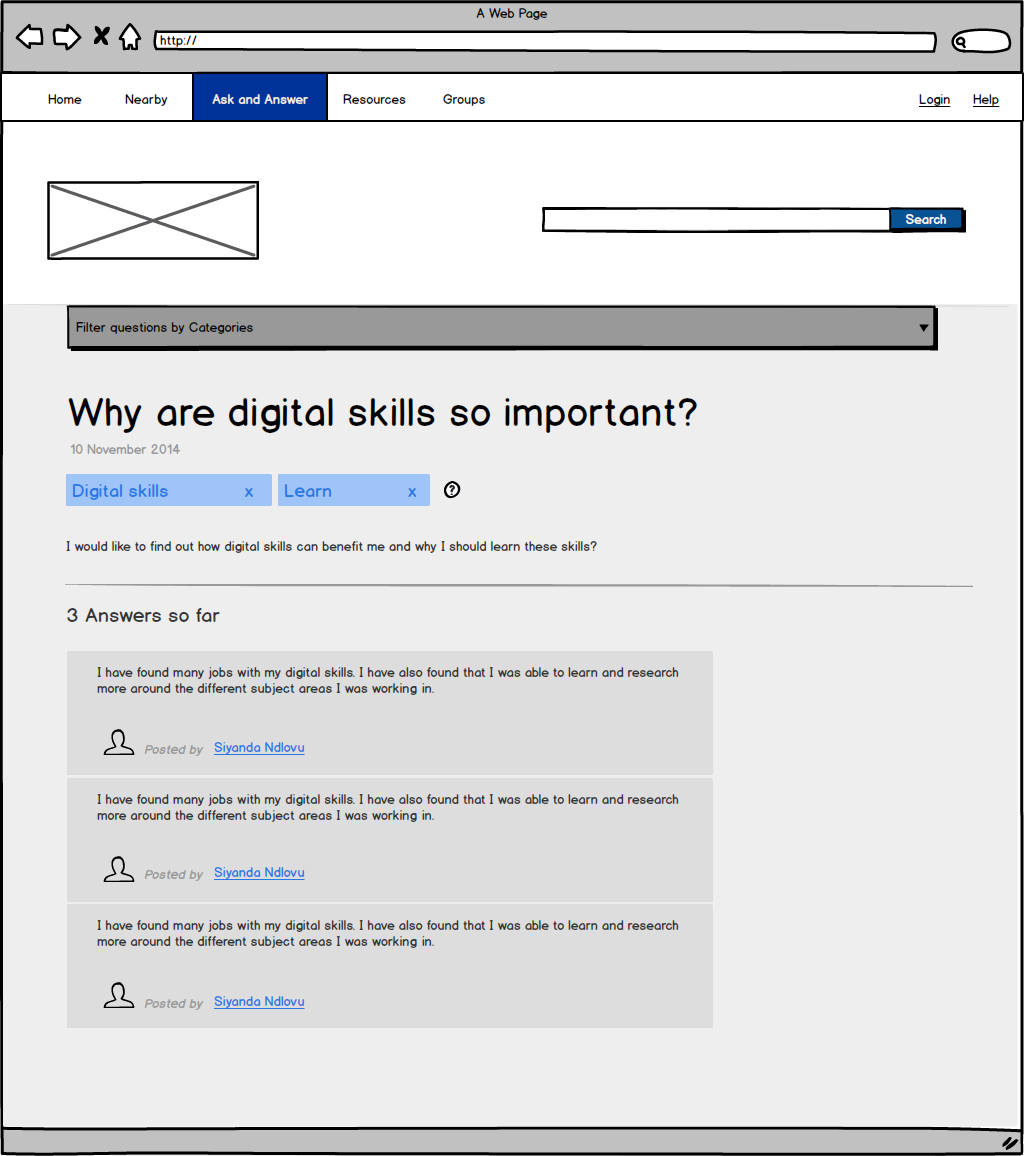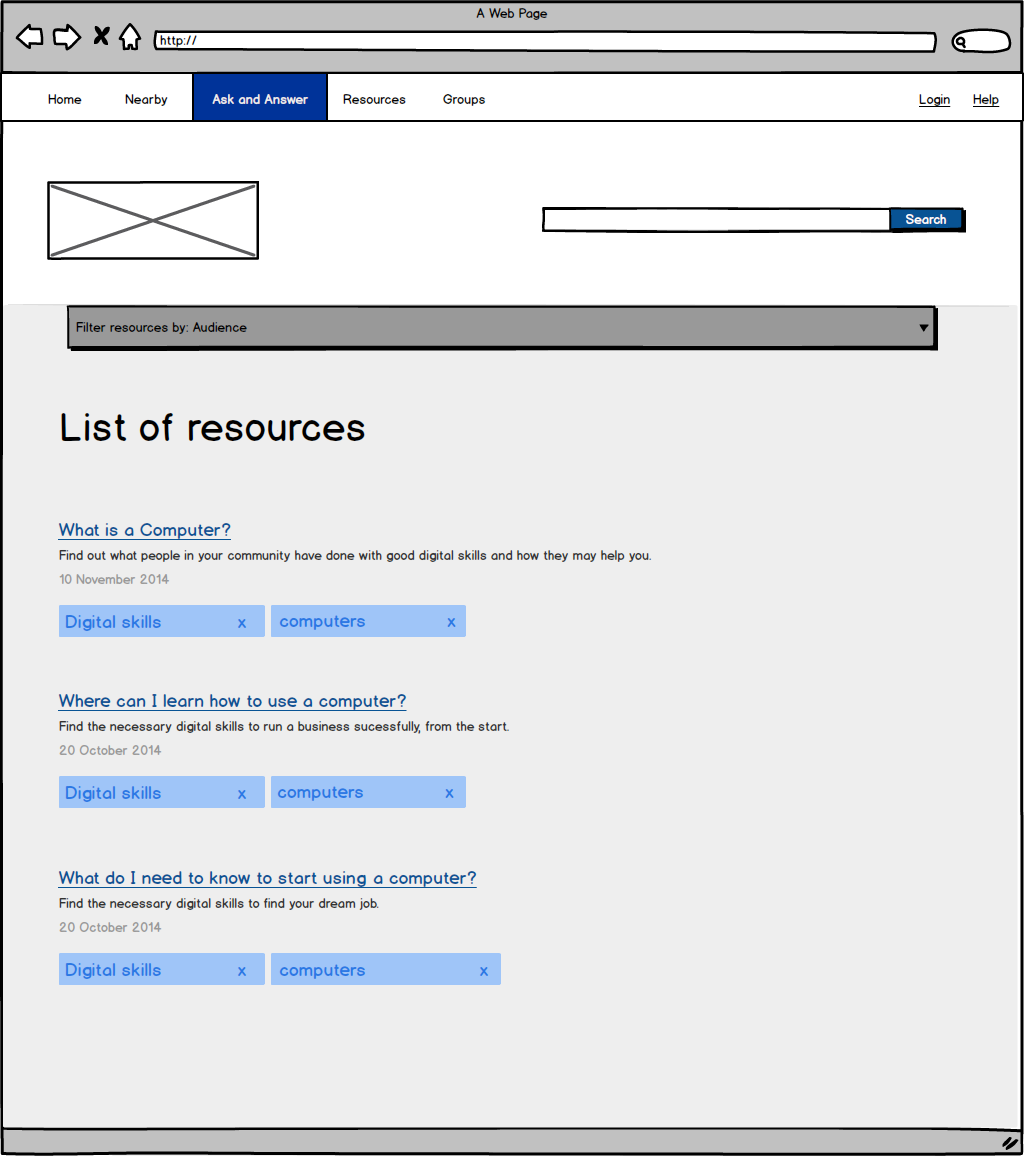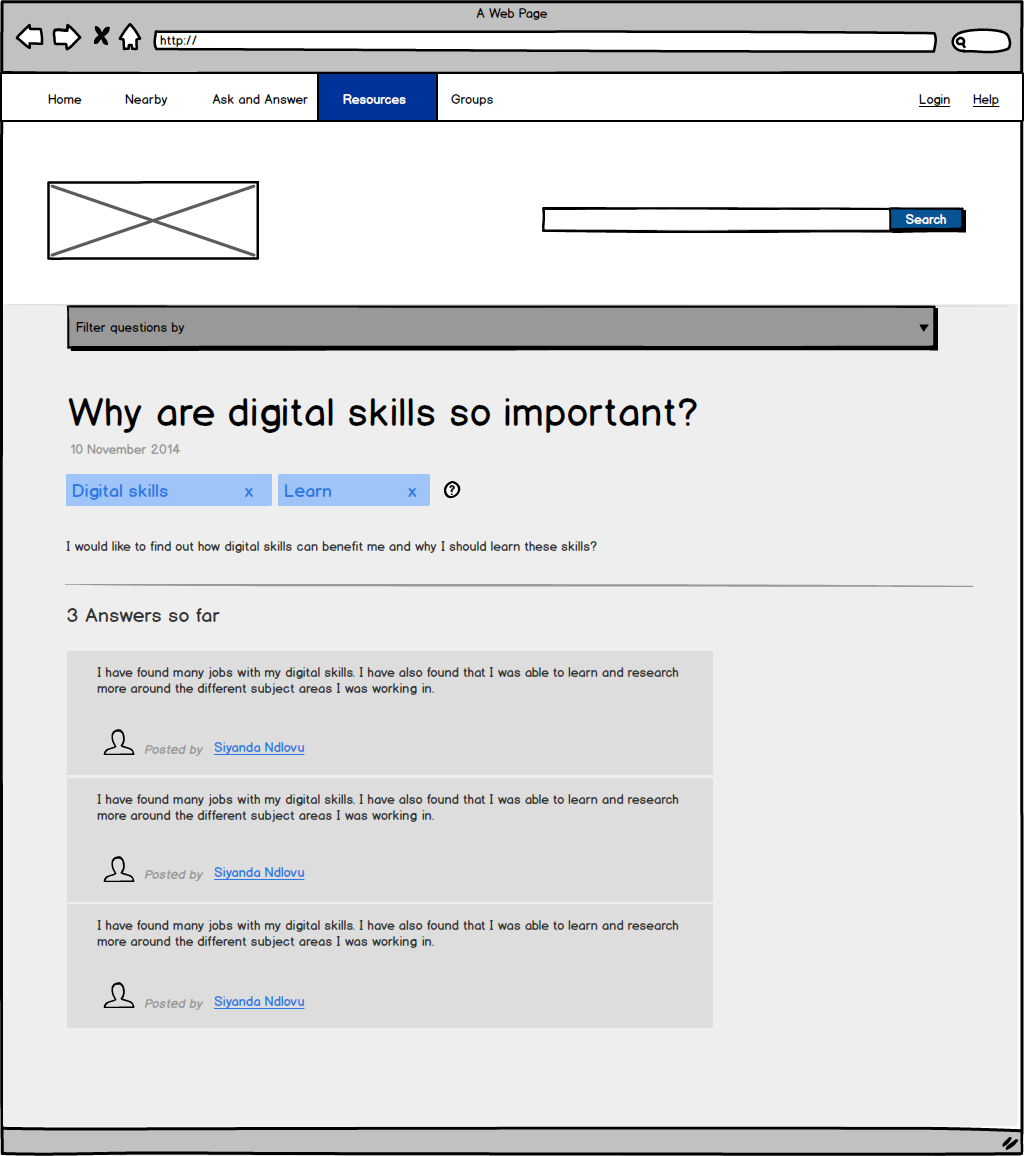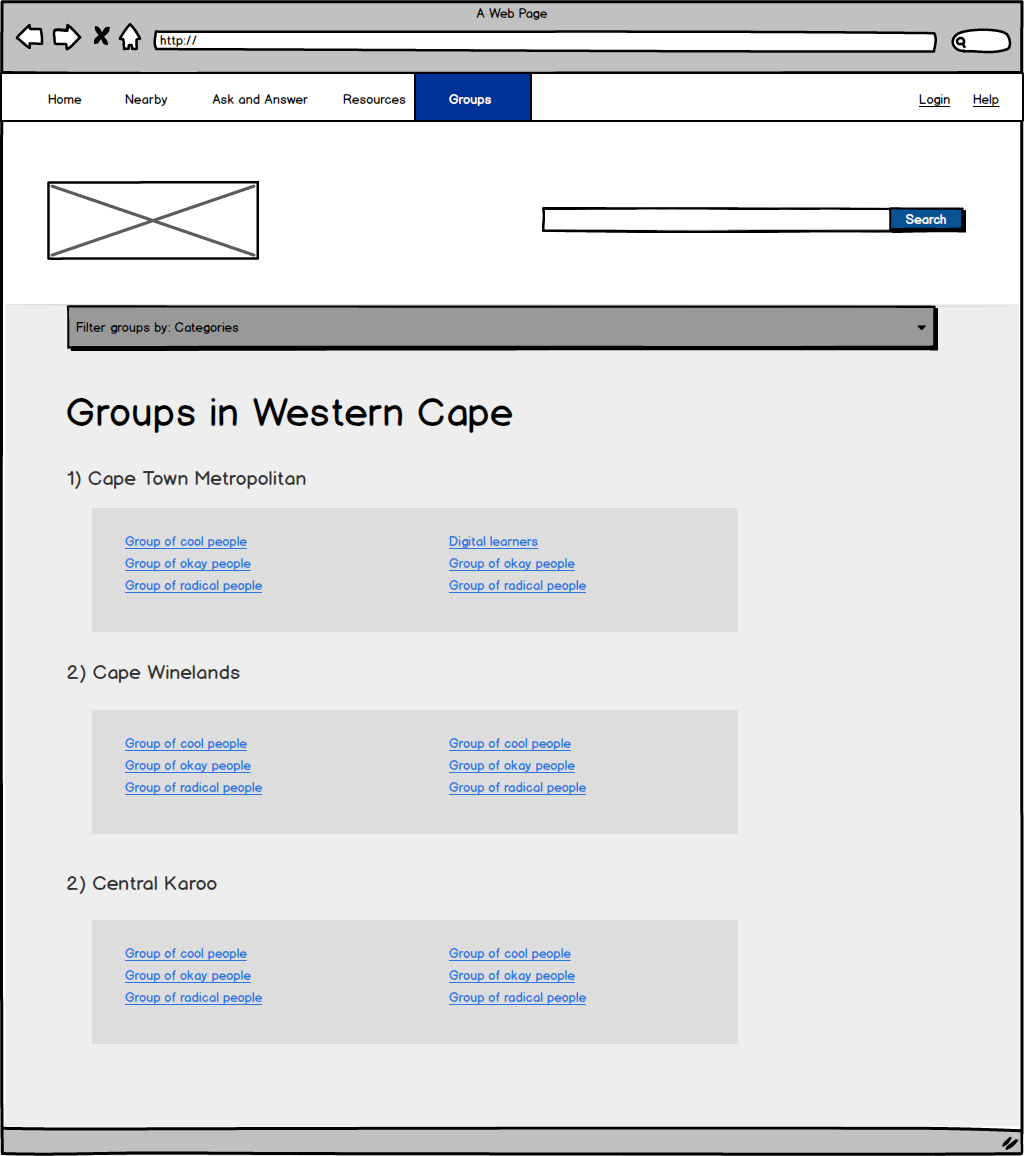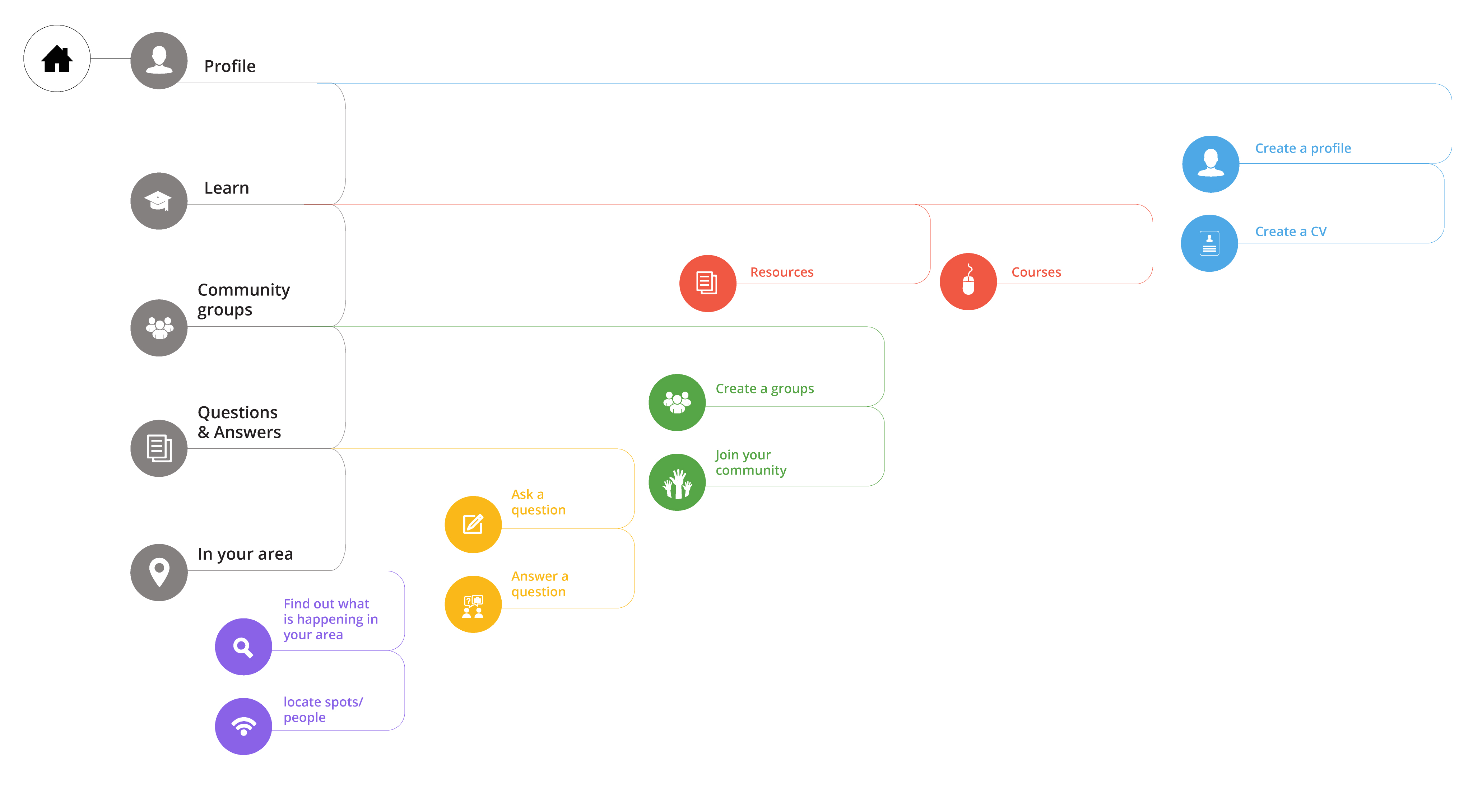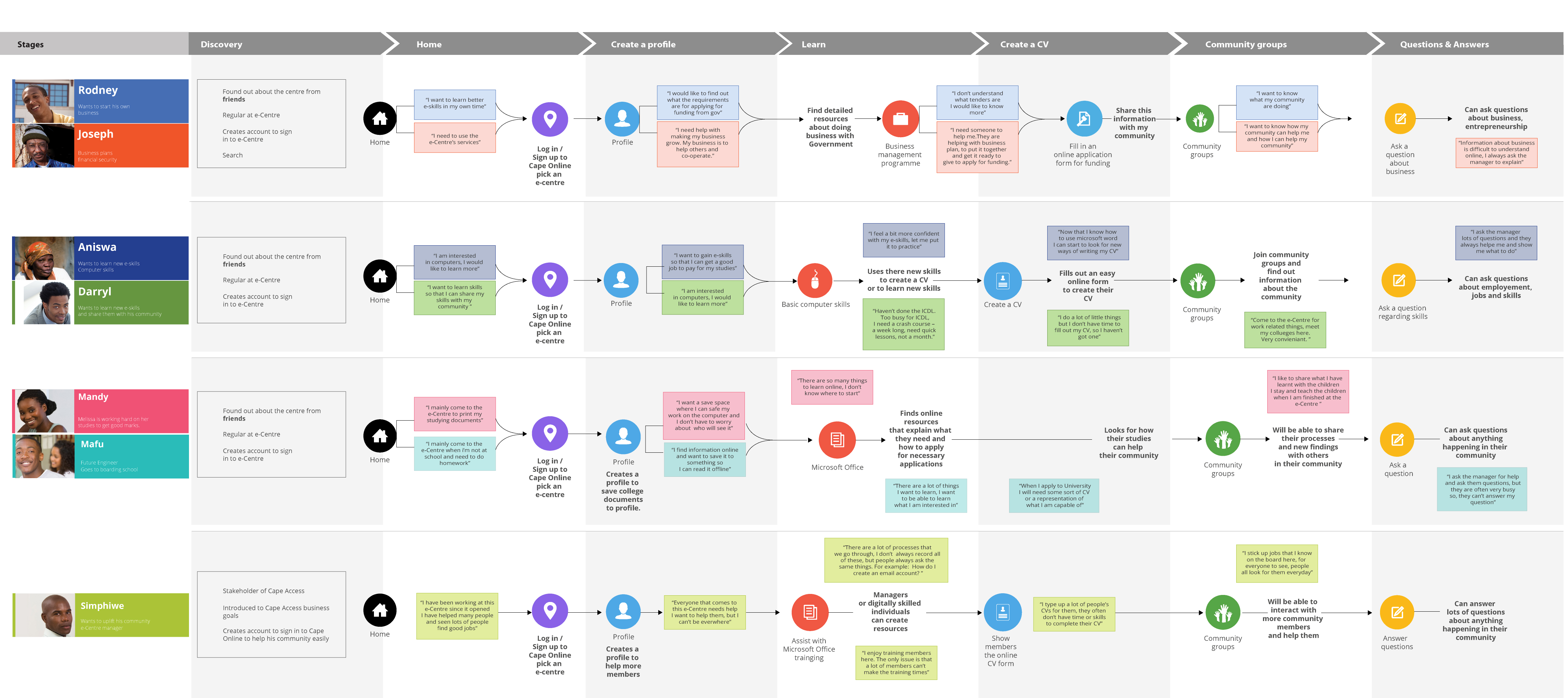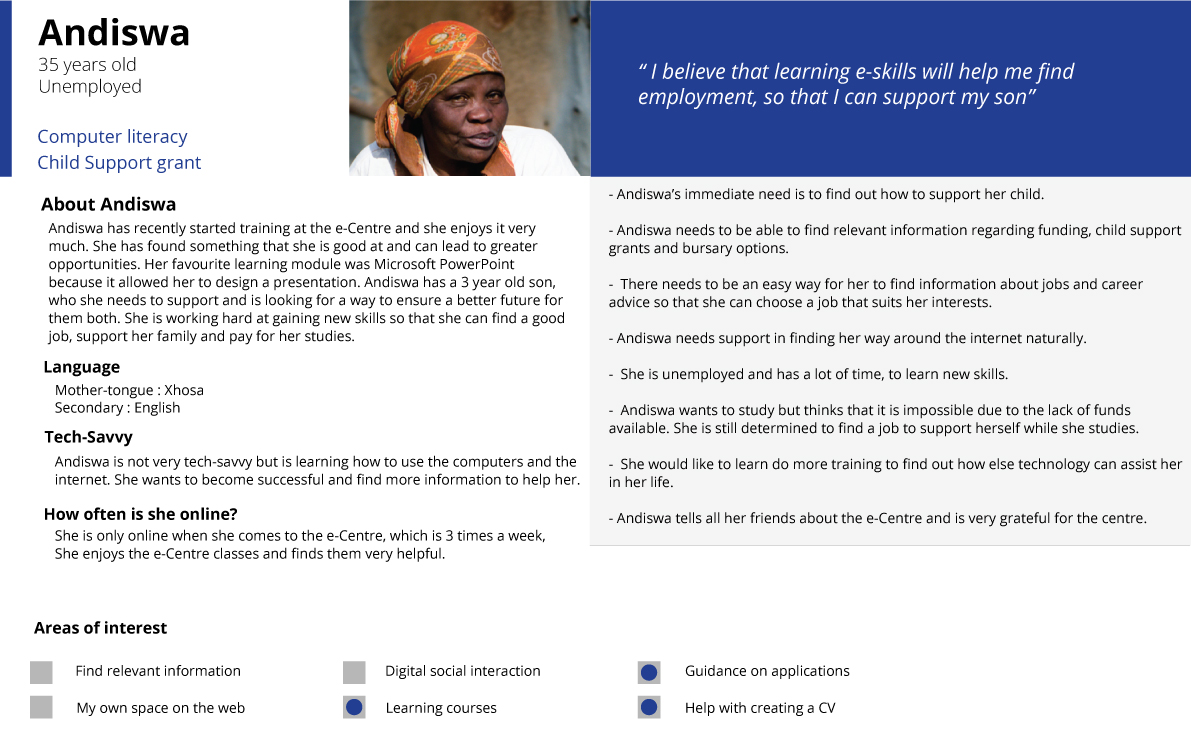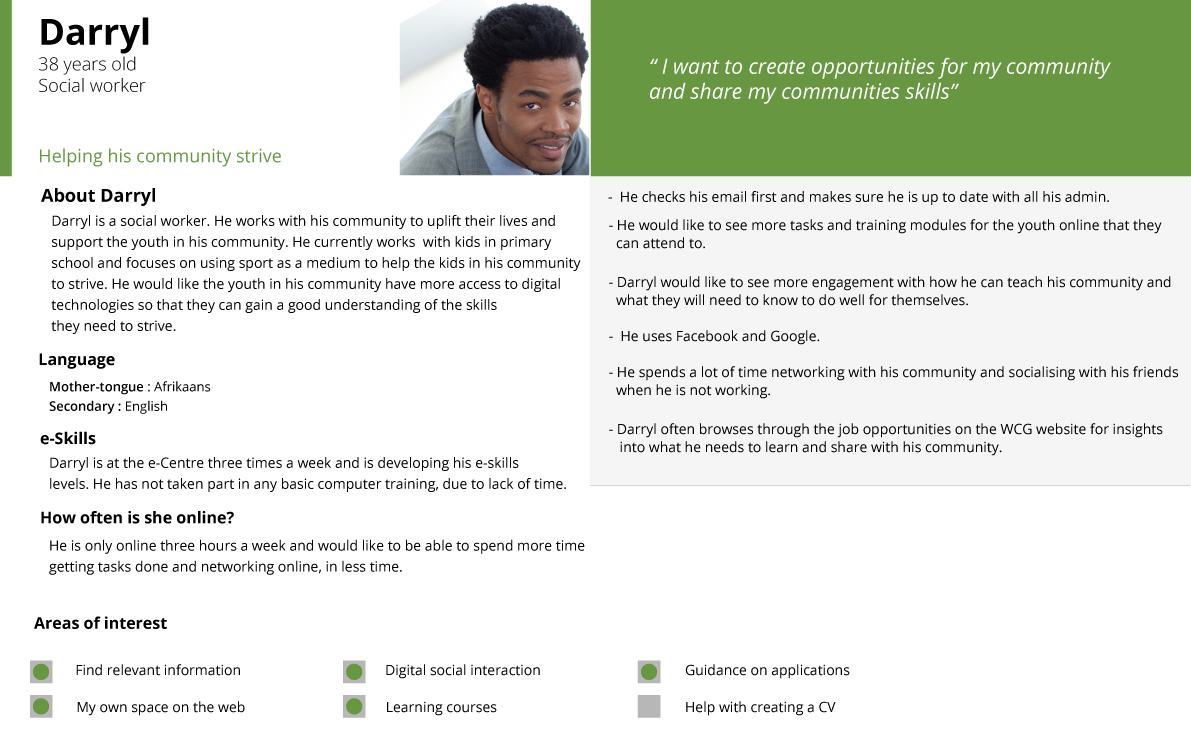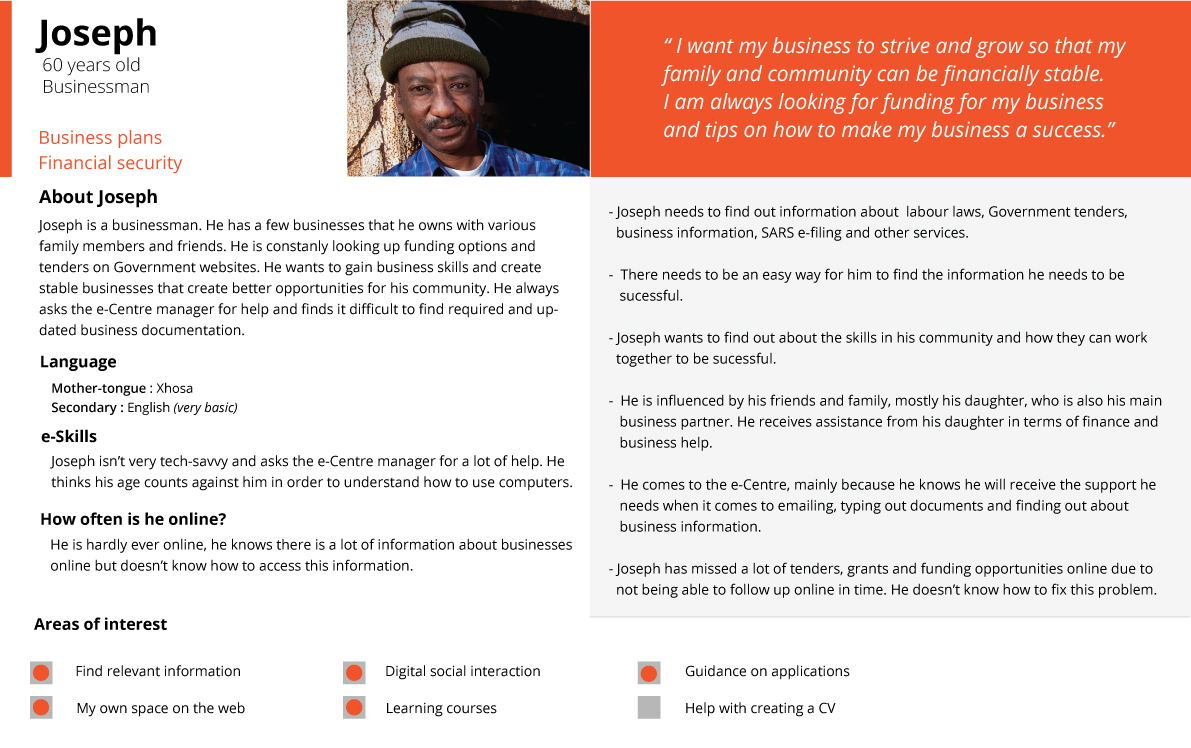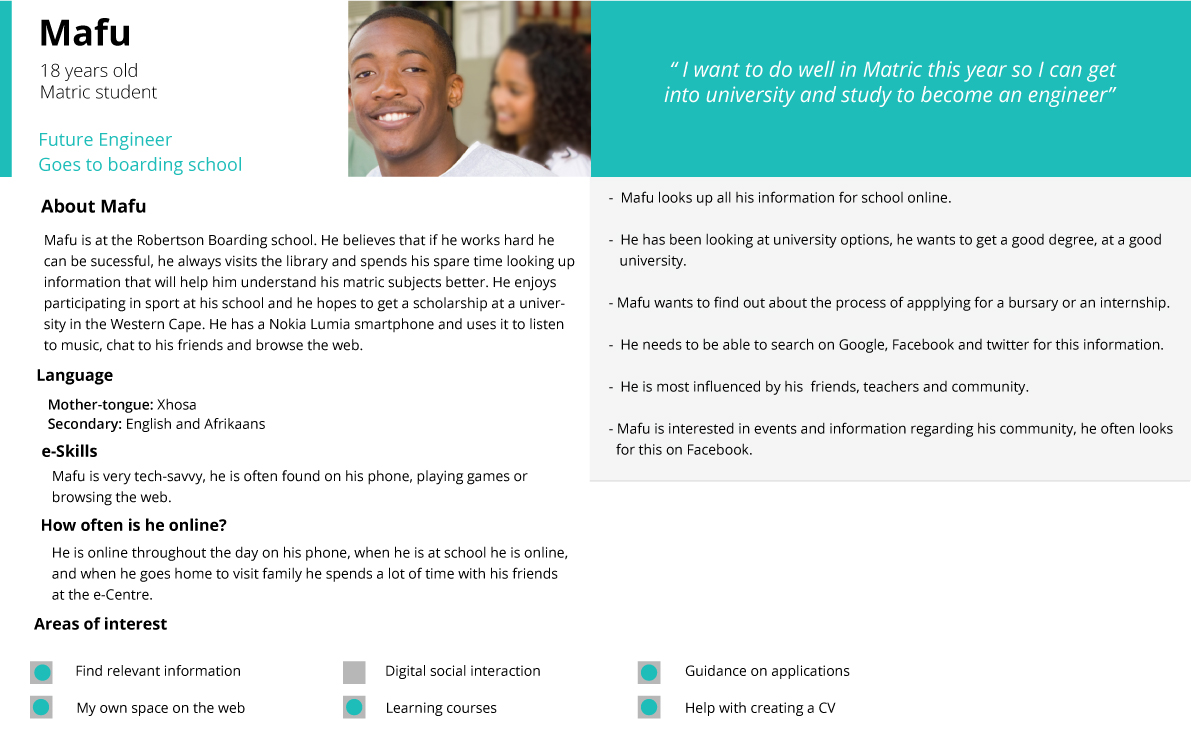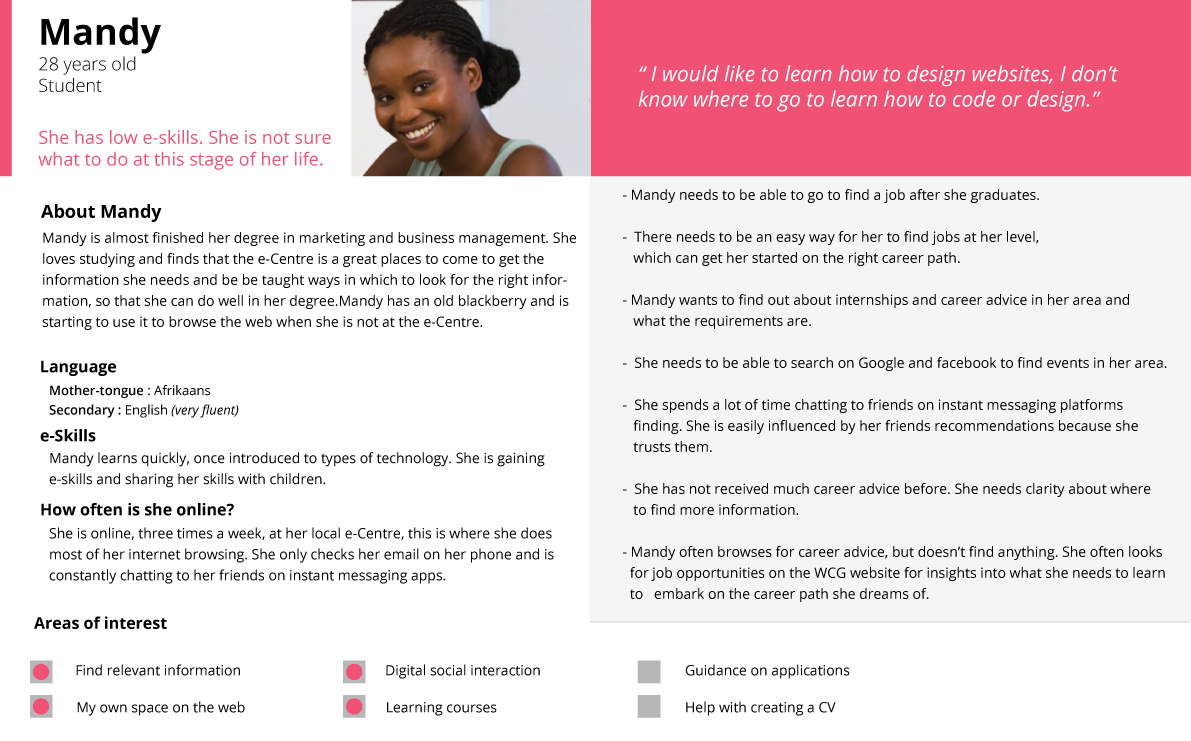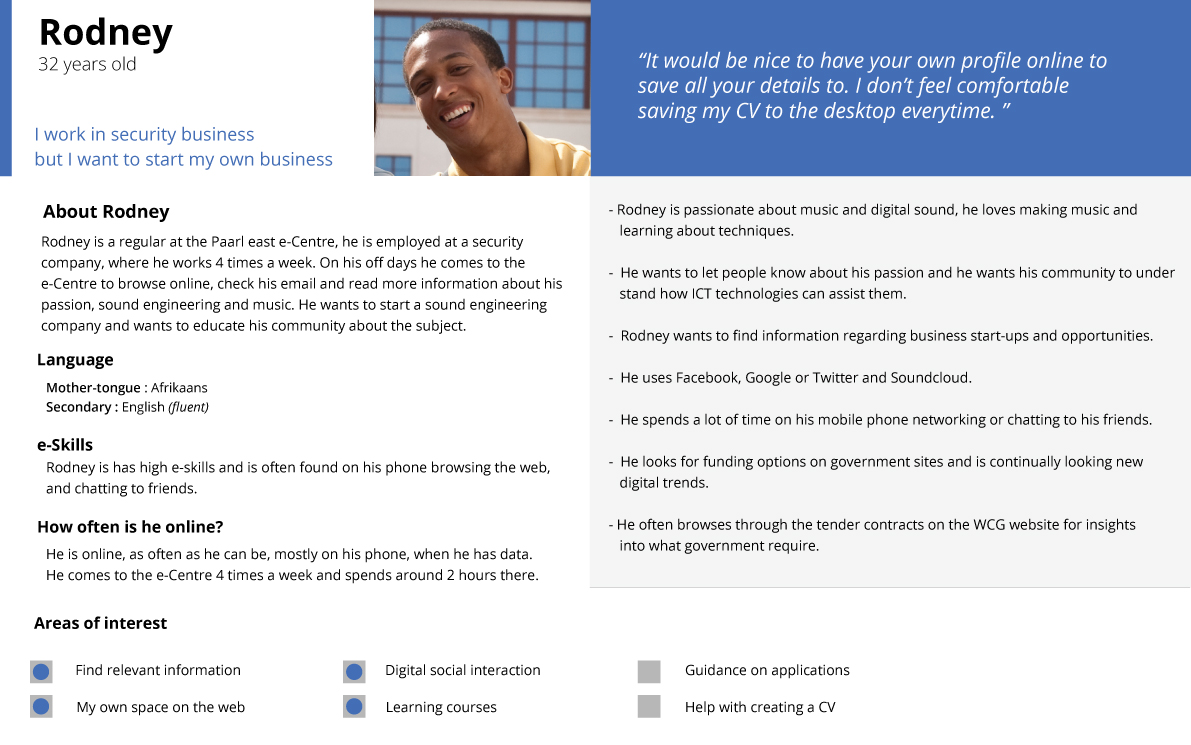Hello!
Welcome to Inqubo. This site is an online journal of Irani Sangham‘s Mphil in Inclusive Innovation at the Graduate School of Business, university of Cape Town.I am currently working at the Western Cape Government as a user experience architect, this has had a large impact on the direction of this study. The focus of my masters was on using design thinking techniques to innovate solutions to creating a digitally inclusive Western Cape, using the Cape Access programme as the use case.
I started this blog when I began my Mphil. and I wanted to capture as much of it as possible. I have added in all the final artifacts produced as an outcome of this programme. The Mphil programme was created primarily to investigate what the methods and tools are to innovate. The programme required a practical approach to partner with the academic thesis.
Here is a list of those artifacts:
- Personas
- Experience maps
- Information architecture
- Brand identity and visual language
- Wireframes
- Detailed designs
- Interactive prototype
- Alignment diagram
